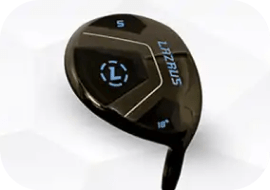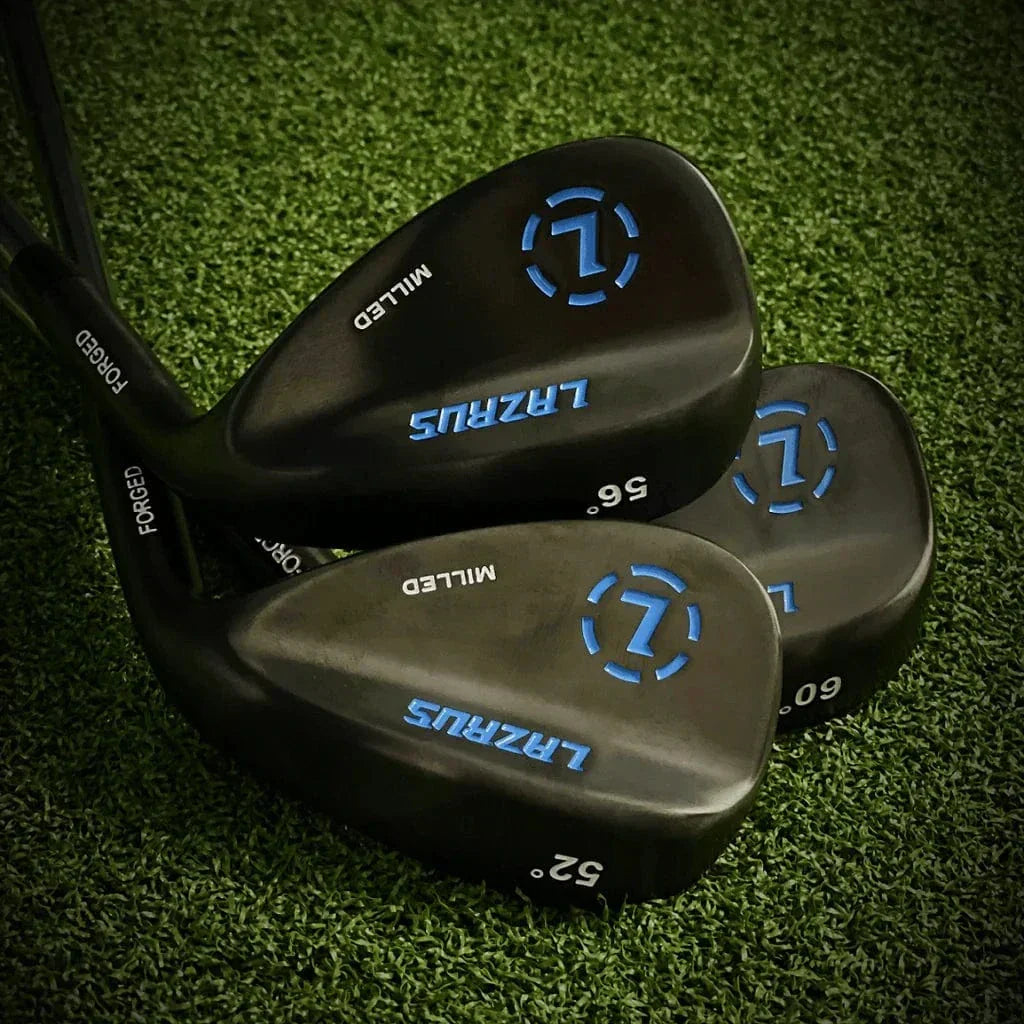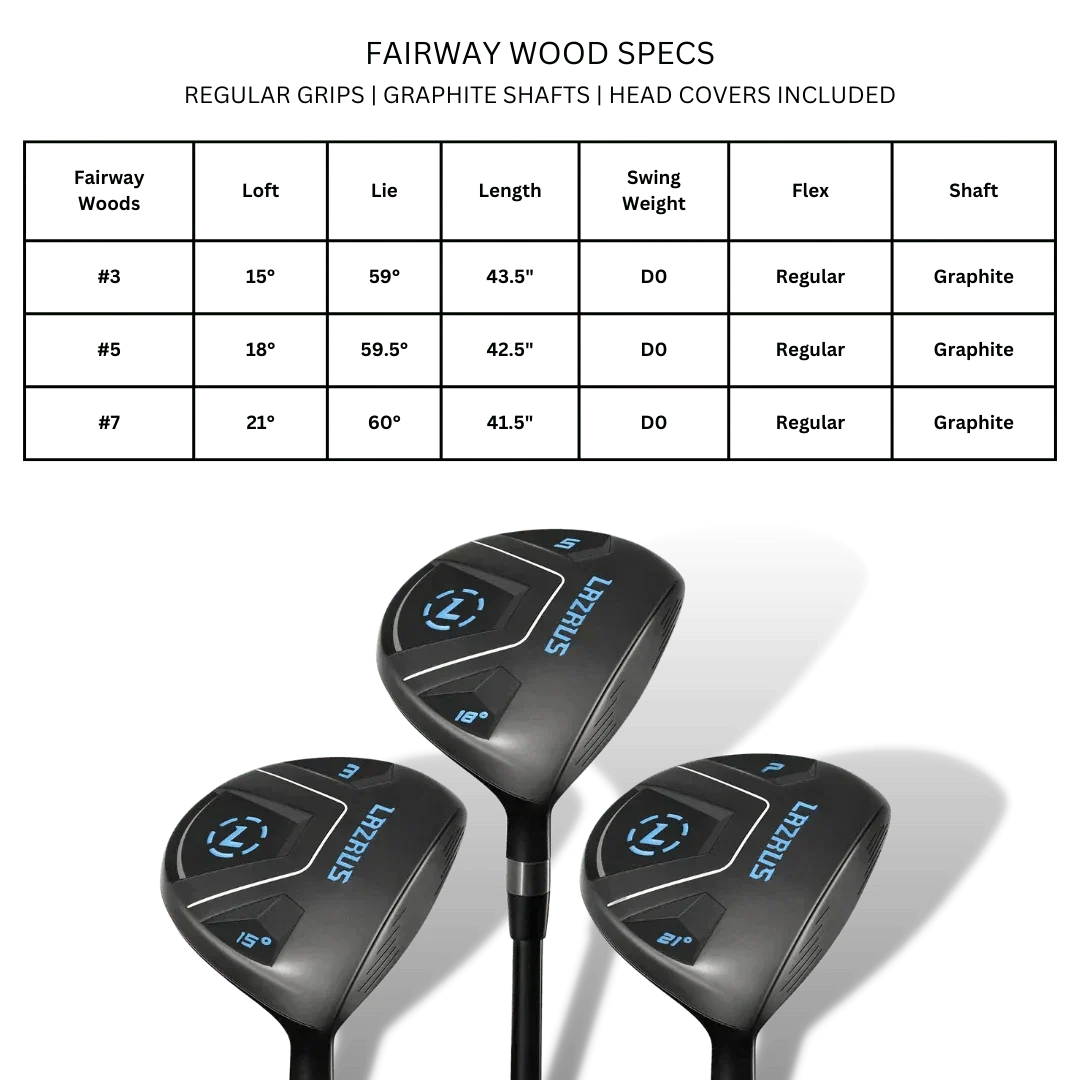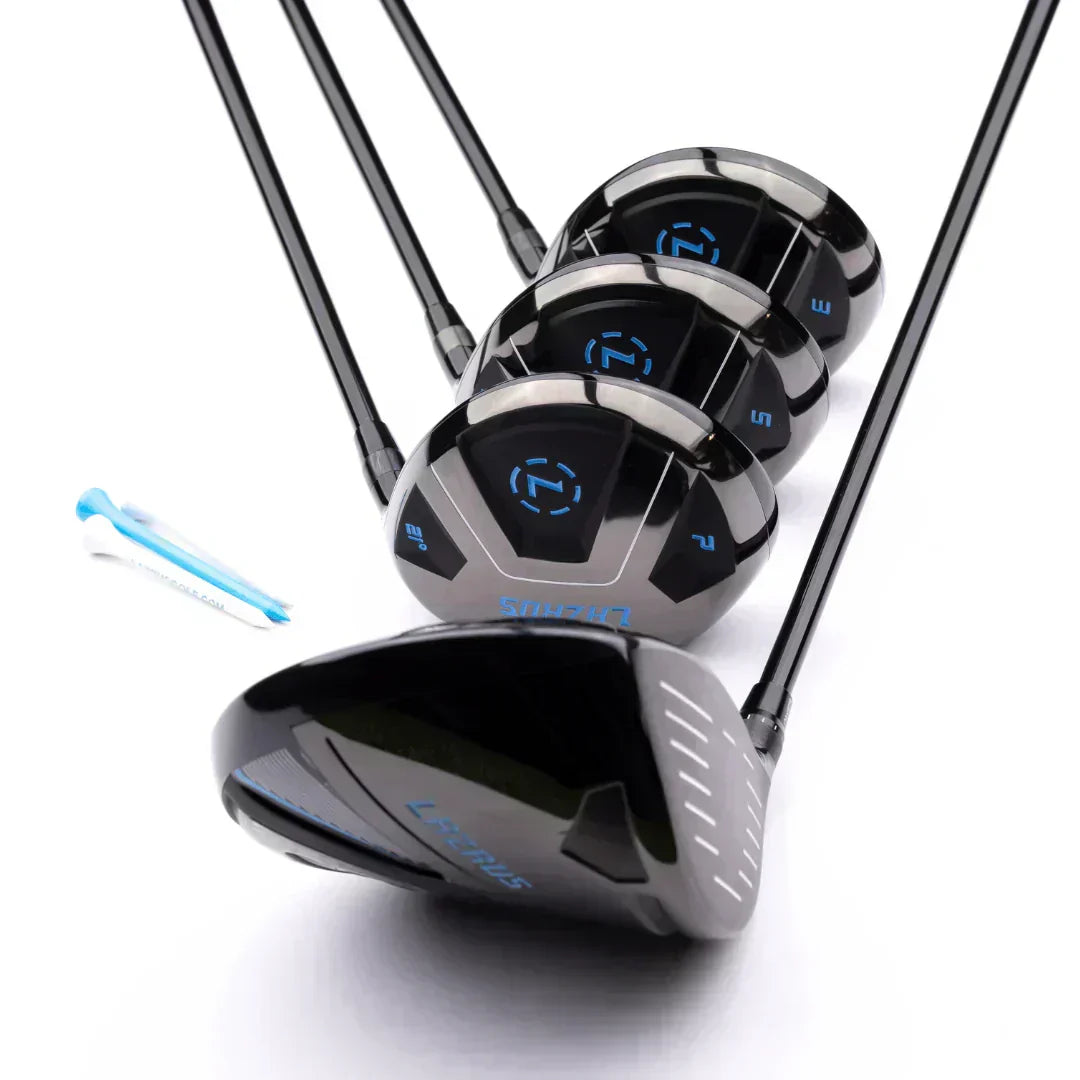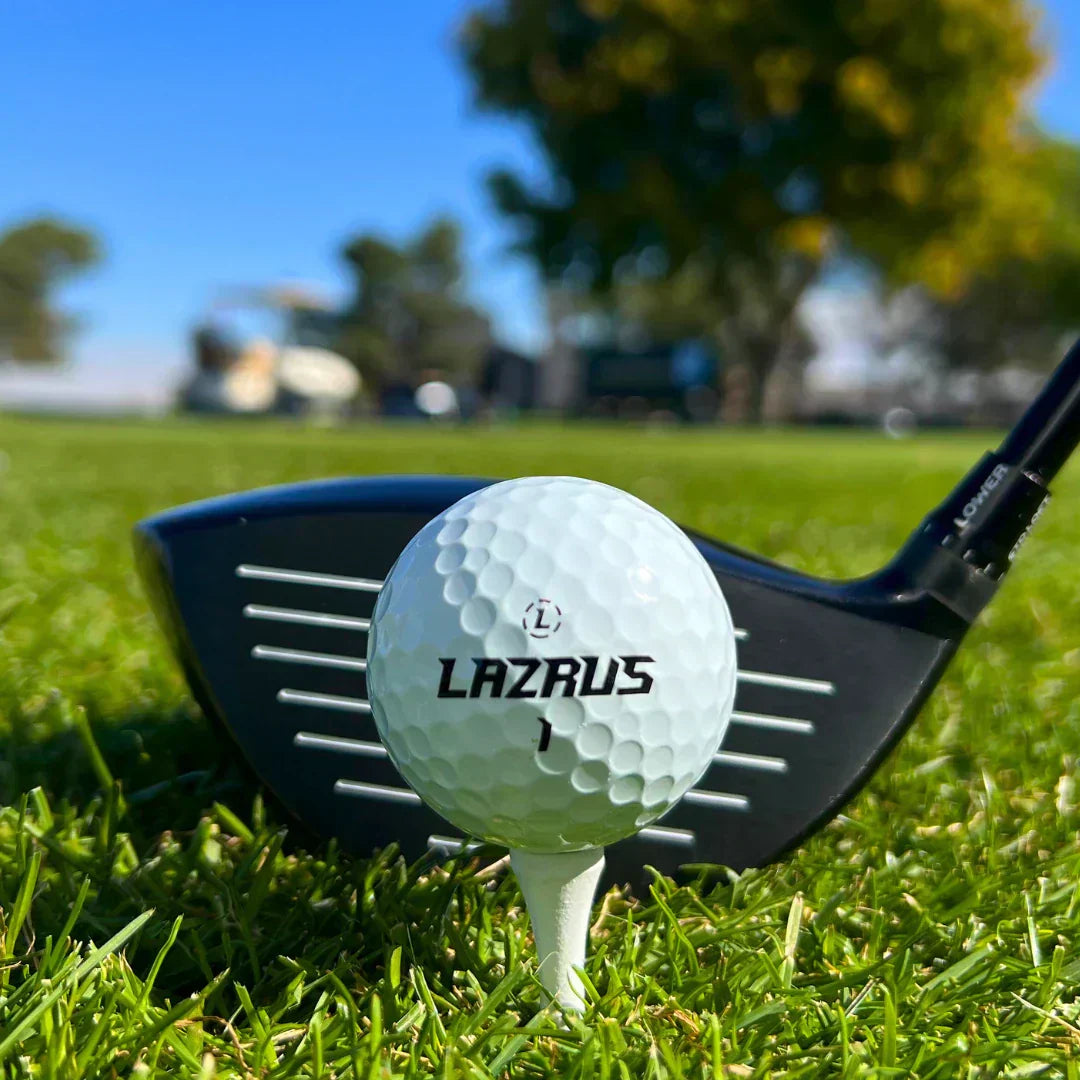Types of Putters Explained – How to Choose the Right One for Your Game
The putter is arguably the most important club in your golf bag. It’s the tool that helps you finish the game, often deciding whether you save par, secure a birdie, or miss out entirely. But with so many different types of putters on the market, how do you decide which one suits your game? Choosing the right putter depends on your stroke type, playing style, and personal preferences. This guide will break down the types of putters, key features to consider, and how to make the best choice for your game.
Understanding Putter Types
Putters come in many shapes, sizes, and designs, each offering unique benefits to golfers of varying skill levels. The type of putter you choose can have a dramatic effect on your performance on the greens. Understanding the differences between putter types will help you identify which one aligns with your playing style and stroke.
Blade Putters
Blade putters are the oldest and most traditional style of putters. Their slim, minimalist design appeals to golfers who value precision and control. The lightweight nature of blade putters allows for a greater connection to the ball, which is why many skilled golfers and purists favor them.
Blade putters work exceptionally well for players with a straight putting stroke or a slight arc, as they require precise aim and steady hands. However, because they lack the forgiveness of other designs, they may not be ideal for beginners. If you’re using a blade putter, consider pairing it with a reliable 11-piece golf set to ensure a consistent approach from tee to green.
Mallet Putters
Mallet putters are characterized by their larger clubheads, which often feature unique shapes such as half-circles, squares, or other creative designs. These putters are known for their high moment of inertia (MOI), which helps stabilize the clubhead and minimize twisting during off-center hits.
The added weight of mallet putters provides golfers with more control and a smoother stroke, making them an excellent choice for beginners or those with an arcing stroke. Mallet putters are also versatile, often featuring alignment aids that help golfers line up their putts more accurately. For players who struggle with consistency, the mallet putter’s forgiving design can be a game-changer.
Peripheral-Weighted Putters
Peripheral-weighted putters take forgiveness to the next level. By redistributing weight around the edges of the clubhead, these putters reduce twisting on off-center hits. This design increases accuracy and stability, making it easier for golfers to achieve a smooth roll.
Peripheral-weighted putters are a great option for players who find it challenging to consistently strike the ball on the sweet spot. They bridge the gap between blade and mallet putters, offering a blend of control and forgiveness.
Milled Face Putters
A Milled Face Putter is crafted from a single block of metal, creating a smooth and seamless face that enhances feel and feedback. The precision engineering behind milled face putters makes them a favorite among professional golfers and those who prioritize accuracy.
Milled face putters are designed to offer a consistent roll with every stroke, making them ideal for players who want to fine-tune their performance. The high-quality materials and craftsmanship often come with a higher price tag, but for serious golfers, the investment can pay off in lower scores and greater confidence on the greens.
Insert Face Putters
Insert face putters feature a soft material, such as rubber or polymer, inserted into the face of the putter. This design provides a softer feel and helps golfers control speed more effectively, especially on fast greens.
For players who tend to putt aggressively, the softer face of an insert putter can help prevent the ball from rolling too far past the hole. These putters are also great for beginners who are still developing their touch and feel on the greens.
Grooved Face Putters
Grooved face putters are engineered with small grooves that grip the ball at impact, reducing skidding and promoting a smoother roll. The grooves help generate topspin, ensuring that the ball stays on its intended line.
These putters are an excellent choice for players who struggle with consistent speed and roll. The advanced technology behind grooved face putters makes them a popular choice among golfers who want to improve their putting accuracy.
Counterbalanced Putters
Counterbalanced putters are designed with additional weight in the grip to balance the heavier head. This unique weighting system promotes stability and reduces wrist movement, allowing for a smoother and more consistent stroke.
Golfers who struggle with controlling their putting stroke or experience too much wrist action will benefit from the added stability of a counterbalanced putter. This design is especially helpful for players who prefer a slower, more deliberate putting motion.
Putter Length & Weight Considerations
The length and weight of your putter play a crucial role in your performance on the greens. A putter that is too long or too short can affect your posture, alignment, and stroke, leading to inconsistent results.

Standard putters range from 33 to 35 inches, but the ideal length depends on your height, arm length, and putting style. Taller players may need a longer putter to maintain a comfortable posture, while shorter players might benefit from a more compact design that allows for better control. When testing putters, pay attention to how the length affects your alignment—being able to consistently line up square to your target is key to success.
Weight is another critical factor. Heavier putters tend to provide better stability and are especially useful on slower greens where a firmer stroke is needed. Lighter putters, on the other hand, are great for faster greens, as they allow for a softer touch. However, it’s not just about the overall weight of the putter; the weight distribution matters too. Some putters feature more weight in the head, while others balance the weight between the head and grip. Finding the right combination of length and weight can transform your putting performance.
For a truly custom fit, consider visiting a golf retailer or working with a professional fitter. They can analyze your putting stroke and recommend adjustments, such as grip size or shaft length, to maximize your consistency. Pairing a properly fitted putter with a quality set of clubs, like an 8-piece golf set, can help elevate your game across all aspects of play.
Choosing the Right Putter for Your Stroke Type
Every golfer’s stroke is unique, and the right putter should complement your natural motion. If you have a straight stroke, a blade putter may be your best option. Players with an arcing stroke, on the other hand, might benefit more from a mallet or counterbalanced putter.
Your stroke path isn’t the only consideration when choosing a putter. Your grip style and hand positioning can also affect which putter feels most comfortable and effective. For example, golfers who prefer a claw grip might find mallet putters more stable, while those with a conventional grip might lean toward blade putters. It’s important to spend time testing different putter styles to see how they align with your stroke and grip preferences.
Another factor to consider is the alignment aid. Many putters come with built-in alignment features, such as sightlines or contrasting colors, which can help ensure your setup is consistent. Players who struggle with alignment often benefit from mallet or peripheral-weighted putters with bold alignment markings, while others may prefer the simplicity of a traditional blade. Visiting a golf club store and testing various options is the best way to determine what works for you.
Finally, don’t overlook the importance of confidence. The putter you choose should inspire trust and comfort every time you step onto the green. A putter that looks and feels right in your hands can make all the difference in sinking those crucial putts.
Conclusion & Final Tips
Selecting the right putter can significantly impact your game, helping you sink more putts and lower your scores. Whether you prefer the precision of a blade putter or the forgiveness of a mallet, understanding the different types and their benefits is key to making an informed decision.
While finding the right putter is important, practicing your putting stroke is equally essential. Spend time on the practice green experimenting with different speeds, angles, and green conditions to build consistency and confidence. Even the best putter can’t compensate for poor technique, so make sure to refine your fundamentals.
Additionally, don’t hesitate to seek expert advice. Many golf stores and pros offer putter fittings, where they analyze your stroke and recommend a putter that matches your mechanics. These fittings often provide valuable insights, such as the ideal loft, lie angle, and balance for your putter. Investing in a putter that’s tailored to your game can lead to noticeable improvements on the greens.
Lastly, remember that golf is a game of patience and persistence. The putter you choose is just one piece of the puzzle. Take the time to explore different options, test them out, and trust the process. With the right equipment and dedication to practice, you’ll find yourself sinking more putts and enjoying the game even more.
FREE SHIPPING
At Your Door in 2-4 Business Days USA & Canada
30 Day Money Back Guarantee
Not Satisfied? Just Send it Back — We ll Refund You.
1 Year Warranty
Our Products are Backend by a Year Warranty







